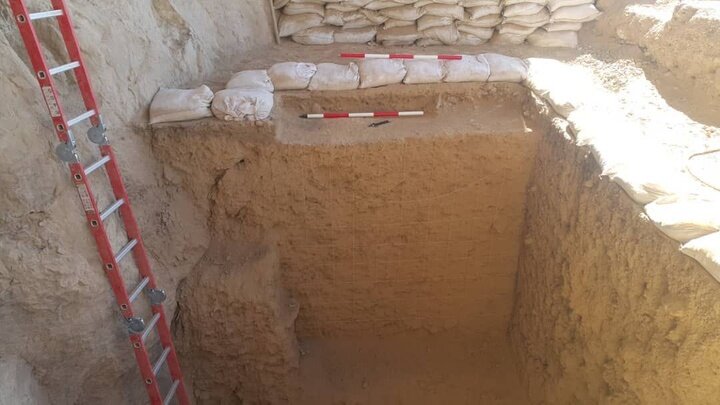
Human traces dating back 14,000 years have been discovered in the rock shelters of Pir-Quch in southern Iran
Archaeologists have found human traces dating back to around 14,000 years ago in recent excavations in the rock shelters of Pir-Quch in southern Iran.
Stone tools and bones were also found in the shelters.
The recent excavations, carried out with the permission of the Cultural Heritage and Tourism Research Institute, are being led by Hassan Afshari.
The excavations, which shed light on the ancient history of Arsanjan, are also providing findings to solve the mysteries of human civilization in the Fars province.
“This shelter, dating back to 7,000 to 12,000 years before Christ, has been investigated by archaeologists for the first time,” said Mohammad Sabet Eqledi, the provincial tourism chief.
Sabet Eqledi said that based on archaeological evidence from prehistoric periods and the continuous human presence in the Fars region, there is a need to focus more on archaeological activities and complete archaeological studies to better understand historical periods.
Sabet Eqledi further remarked, “Based on archaeological evidence from prehistoric periods and continuous human presence in the Fars region, it is necessary to focus more on archaeological activities and complete archaeological studies to understand historical periods better.”
The ancient region of Fars, also spelled Pars, or Persis, was the heart of the Achaemenian Empire (550–330 BC), which was founded by Cyrus the Great and had its capital in Pasargadae. Darius I the Great moved the capital to nearby Persepolis in the late 6th or early 5th century BC.
Source. Tehrantimes
You may also like
- A 1700-year-old statue of Pan unearthed during the excavations at Polyeuktos in İstanbul
- The granary was found in the ancient city of Sebaste, founded by the first Roman emperor Augustus
- Donalar Kale Kapı Rock Tomb or Donalar Rock Tomb
- Theater emerges as works continue in ancient city of Perinthos
- Urartian King Argishti’s bronze shield revealed the name of an unknown country
- The religious center of Lycia, the ancient city of Letoon
- Who were the Luwians?
- A new study brings a fresh perspective on the Anatolian origin of the Indo-European languages
- Perhaps the oldest thermal treatment center in the world, which has been in continuous use for 2000 years -Basilica Therma Roman Bath or King’s Daughter-
- The largest synagogue of the ancient world, located in the ancient city of Sardis, is being restored











Leave a Reply